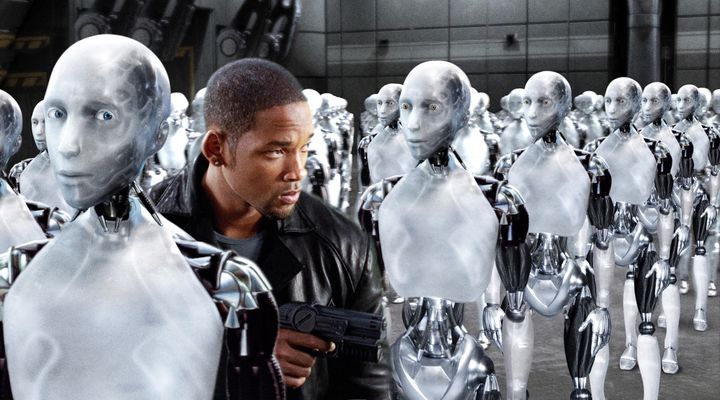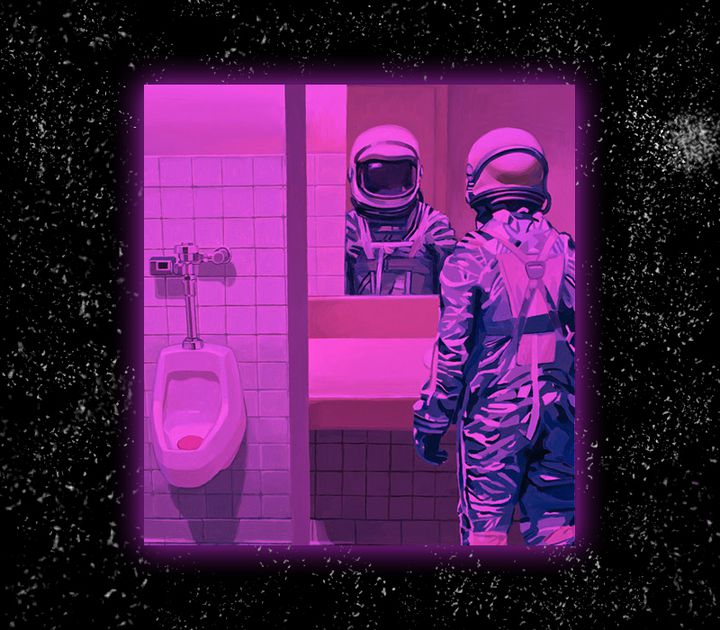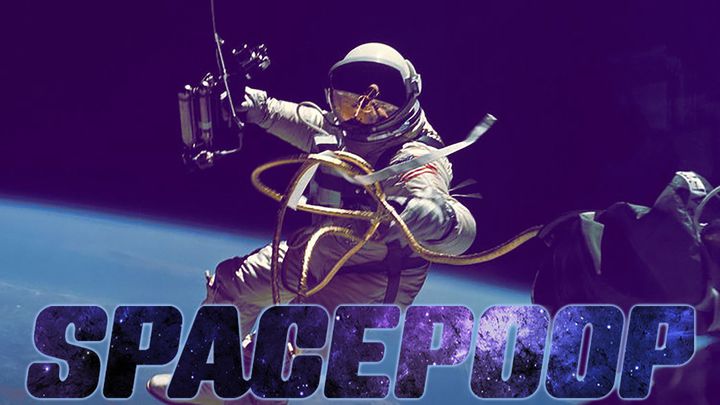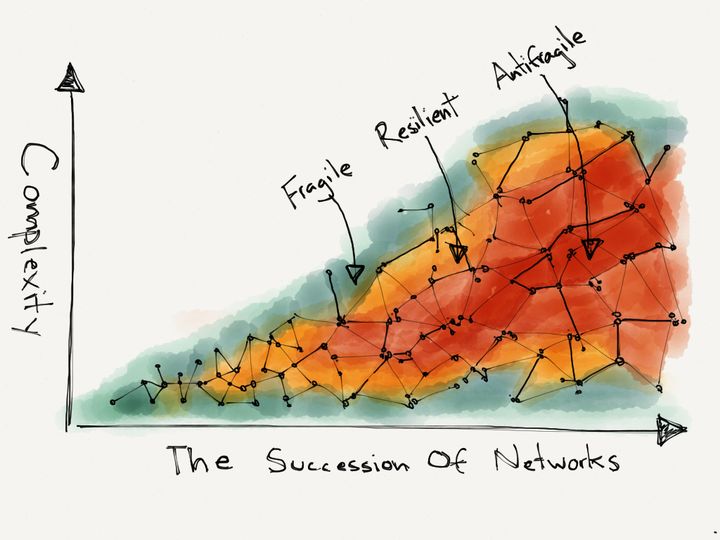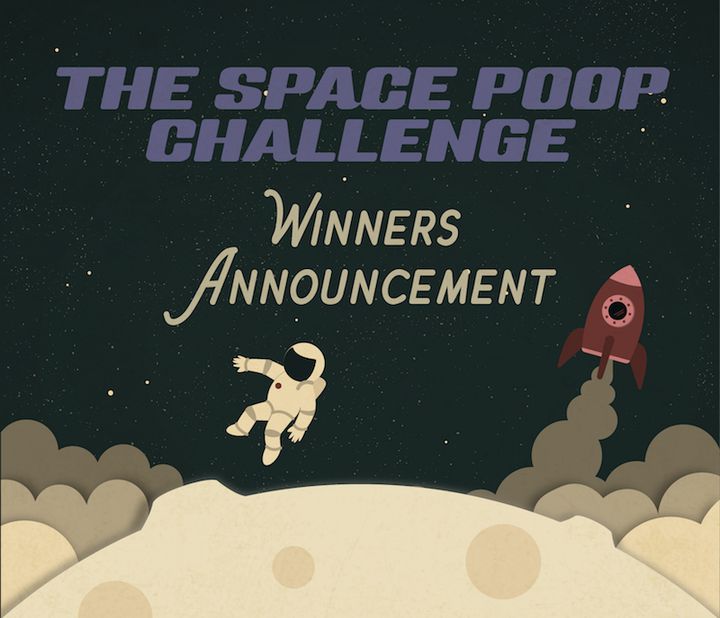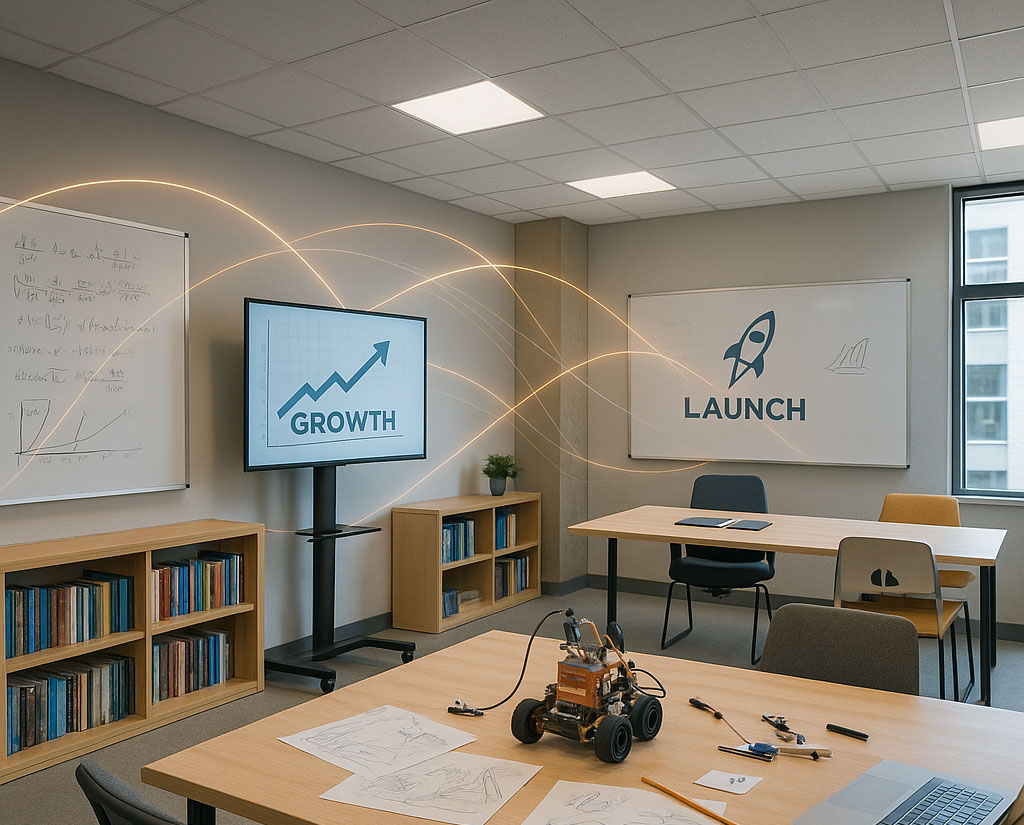
Future visions of robots are at times, really terrifying. For example, the 2004 movie I, Robot, investigates what happens when a robot is suspected of committing a crime. While we won't reveal the outcome of the movie, it's a good time to contemplate Isaac Asminov's three rules of robots (which the movie is based on).
Simply put, the rules say robots cannot injure other human beings, that robots must obey human beings unless it comes into conflict in the first law, and the robots must protect their own existence unless it comes into conflict with the first or second law. We're hoping that Google bears this in mind as it works on its newly issued patent to create an army of robots though cloud technology, with "the cloud" referring to distributed control through multiple computers (usually over the Internet).
""This dictates how work could be spread across multiple robots, depending on which one, or ones, are best suited to accomplish a certain task," analyst Patrick Moorhead, with Moor Insights & Strategy, told Computerworld. "For instance, if the objective is to save everyone inside a house on fire, put the fire out, and take the injured to the hospital, this would dictate which robot does each task."
Google added in the same article that a patent doesn't necessarily mean there will be a product announcement associated with it. The patent says an example would be to use a "plurality of robotic devices" in association with a computing system that could look at the robot's health and task logs. Also, from the description it's clear that the robots aren't necessarily humanoid (read: cute analogs of people).
"The robot client may comprise any computing device that has connection abilities to the cloud and that has an actuation capability (electromechanical capabilities)," Google writes in the patent. "A robot may further be a combination of computing devices."
While Google isn't very clear on what these robots could be, one potential application is its self-driving cars. Something has to manage these cars to make sure that they are driving on the right routes at the right speed and in the right way (safely) while carrying human passengers. Having them all communicate with each other could also help them share information on matters such as road conditions or traffic.
This begs the question, how much human supervision is needed? Google's patent suggests that these robots could be controlled using a mobile device, which would imply that perhaps an operator on the go could check in on the army from time to time to make sure all is well. But how often is required? Would that human be held responsible if something went wrong? All questions that must be considered.
Thankfully we're a little ways away yet from the robot scariness Will Smith encountered in the movie, but all the same it's good that Google is taking its time deciding what to do with the patent. Robots are cute, but only when they follow those laws Asimov suggested.
